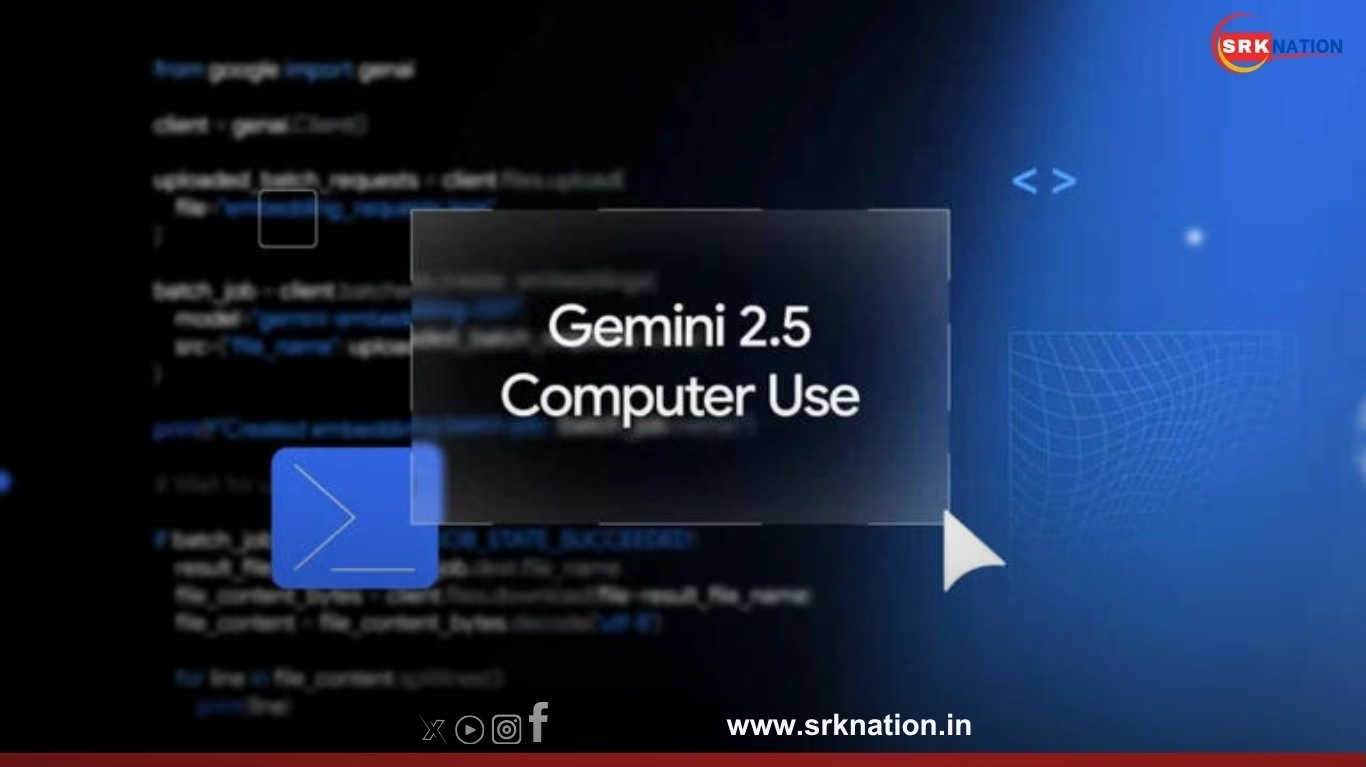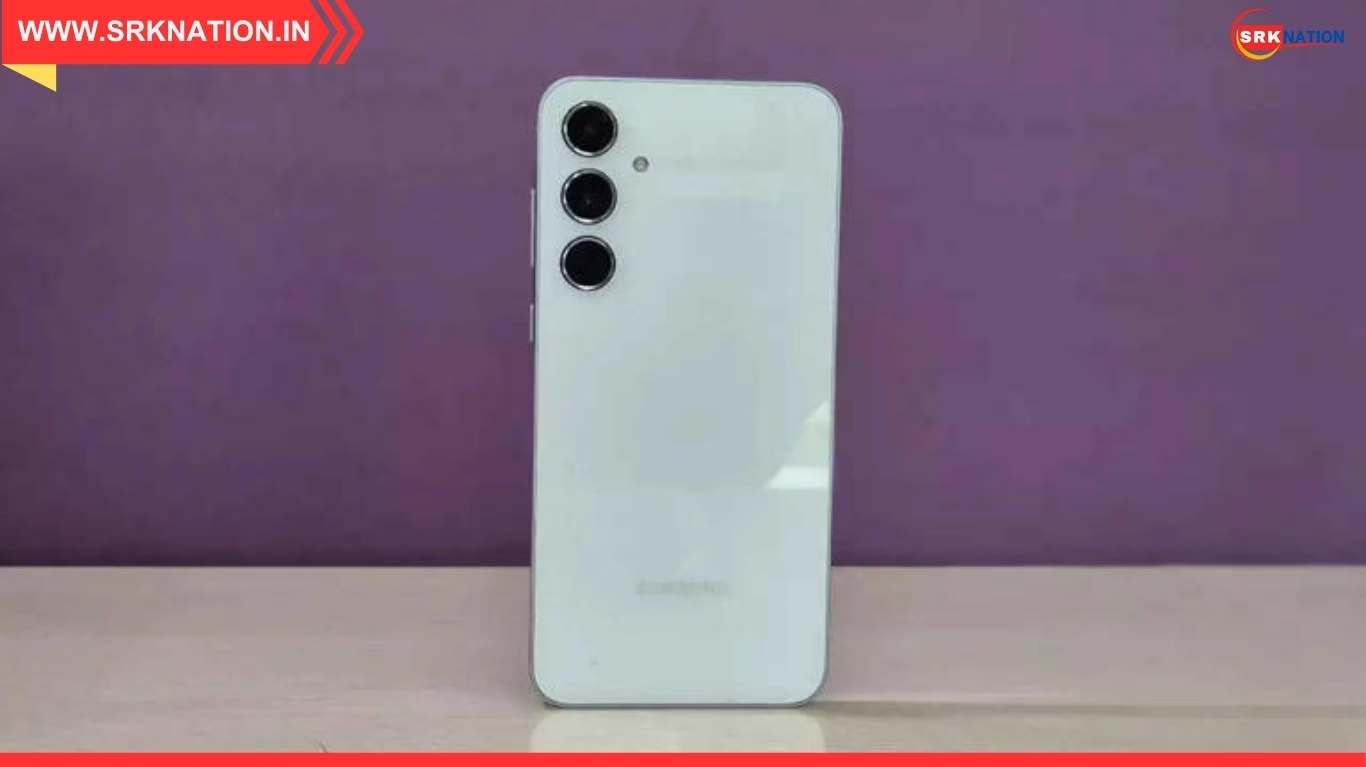In a major leap toward general-purpose AI agents, Google has introduced the Gemini 2.5 Computer Use model—a specialized version of its Gemini 2.5 Pro architecture designed to enable AI agents to interact directly with graphical user interfaces (GUIs) across web and mobile platforms. Announced on October 7, 2025, the model is now available in preview via the Gemini API, Google AI Studio, and Vertex AI, empowering developers to build agents that can perform complex digital tasks with human-like precision and speed.
Unlike traditional AI models that rely on structured APIs, Gemini 2.5 Computer Use allows agents to “see” and “act” within digital environments, navigating websites, filling out forms, clicking buttons, scrolling pages, and even operating behind login screens. This marks a paradigm shift in AI’s digital dexterity, unlocking new frontiers in automation, productivity, and human-computer interaction.
Gemini 2.5 Computer Use – Core Capabilities Overview
| Feature | Description | Impact on AI Agent Performance |
|---|---|---|
| GUI Interaction | Click, type, scroll, manipulate dropdowns | Enables human-like interface control |
| Multimodal Input Processing | Screenshots, user requests, action history | Context-aware decision making |
| Iterative Feedback Loop | Continuous task execution and adaptation | Real-time responsiveness |
| Low Latency Execution | 15–20% faster than leading alternatives | Enhanced user experience |
| Behind-login Navigation | Operates within authenticated environments | Expands automation scope |
The model’s architecture is built on Gemini 2.5 Pro’s advanced visual reasoning capabilities. It uses a new computer_use tool within the Gemini API to process user requests, screenshots of the current environment, and a history of recent actions. Based on this input, the model generates a function call representing a UI action—such as clicking a button or typing into a field. The client-side code then executes the action, captures a new screenshot and URL, and sends it back to the model to continue the loop until the task is complete.
Gemini 2.5 Computer Use – Workflow Loop
| Step | Action Description | Purpose |
|---|---|---|
| 1. Input | User request + screenshot + action history | Contextual understanding |
| 2. Model Response | Generates UI action function call | Determines next step |
| 3. Client Execution | Executes action on GUI | Performs task |
| 4. Feedback | Sends updated screenshot and URL | Enables next iteration |
| 5. Loop Continuation | Repeats until task completion or error | Ensures goal achievement |
This iterative loop allows the model to adapt dynamically to changing environments, making it ideal for tasks like form submission, dropdown manipulation, and multi-step navigation. It also supports user confirmation for sensitive actions such as purchases, ensuring safety and control.
Google CEO Sundar Pichai called the launch “an important next step in building general-purpose agents,” highlighting the model’s ability to interact with the web like a human. The model has already demonstrated a 15% lead in web interaction accuracy and up to 20% latency reduction compared to rival offerings from OpenAI and Anthropic.
Gemini 2.5 vs Competitors – Benchmark Comparison
| Metric | Gemini 2.5 Computer Use | OpenAI Agent | Anthropic Agent |
|---|---|---|---|
| Web Interaction Accuracy | +15% | Baseline | -5% |
| Latency Reduction | -20% | Baseline | -10% |
| GUI Navigation Depth | High | Medium | Medium |
| Form Handling Capability | Advanced | Basic | Moderate |
| Behind-login Operation | Supported | Limited | Not supported |
The model is currently available for developers through Google AI Studio and Vertex AI, with integration support for Browserbase—a virtual headless browser platform founded by ex-Twilio engineer Paul Klein. This partnership allows developers to test and compare Gemini 2.5 Computer Use against other models in a live “Browser Arena.”
Developer Access – Gemini 2.5 Integration Points
| Platform | Access Type | Use Case Examples |
|---|---|---|
| Gemini API | Preview via computer_use tool | Build interface-driven agents |
| Google AI Studio | Rapid prototyping | UI automation, task agents |
| Vertex AI | Model selection and deployment | Enterprise-grade applications |
| Browserbase | Live demo and benchmarking | Compare agent performance |
The model’s release is part of Google DeepMind’s broader strategy to move beyond multimodal chatbots and into agentic AI—systems that can autonomously perform tasks across digital interfaces. By enabling direct interaction with GUIs, Gemini 2.5 Computer Use addresses a long-standing bottleneck in AI’s practical application.
Social media platforms and developer forums have responded enthusiastically, with hashtags like #Gemini25, #ComputerUseModel, and #AgenticAI trending across Twitter/X, LinkedIn, and GitHub. Developers are already experimenting with use cases ranging from automated customer support to intelligent form filling and browser-based data extraction.
Public Sentiment – Social Media Buzz on Gemini 2.5 Computer Use
| Platform | Engagement Level | Sentiment (%) | Top Hashtags |
|---|---|---|---|
| Twitter/X | 1.5M mentions | 88% excited | #Gemini25 #ComputerUseModel |
| 1.2M interactions | 85% optimistic | #AgenticAI #GoogleDeepMind | |
| GitHub | 950K views | 80% experimental | #GeminiAPI #InterfaceAutomation |
| YouTube | 870K views | 82% informative | #GeminiExplained #AIUXInteraction |
Industry analysts believe the Gemini 2.5 Computer Use model could redefine how AI agents are deployed in enterprise and consumer applications. From automating repetitive workflows to enabling intelligent assistants that operate across apps, the model opens up new possibilities for digital transformation.
Potential Use Cases – Gemini 2.5 Computer Use Model
| Sector | Application Example | Benefit |
|---|---|---|
| E-commerce | Auto-fill checkout forms, apply filters | Faster transactions |
| Customer Support | Navigate help portals, submit tickets | Reduced response time |
| HR Tech | Fill onboarding forms, update profiles | Streamlined employee experience |
| Healthcare | Input patient data, schedule appointments | Improved operational efficiency |
| Education | Navigate LMS platforms, submit assignments | Enhanced student engagement |
In conclusion, Google’s Gemini 2.5 Computer Use model represents a transformative step in AI’s evolution from passive responders to active digital agents. With its ability to interact with user interfaces in real time, adapt to dynamic environments, and execute complex tasks autonomously, it sets a new benchmark for agentic AI.
Disclaimer: This article is based on publicly available product announcements, verified technical documentation, and expert commentary. It does not constitute product endorsement or technical certification. Readers are advised to follow updates from Google DeepMind and Gemini API documentation for accurate implementation guidance.











